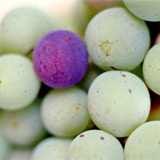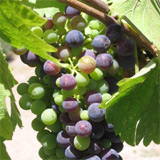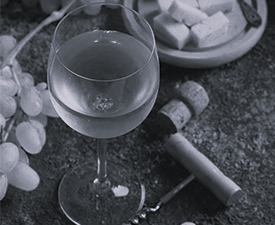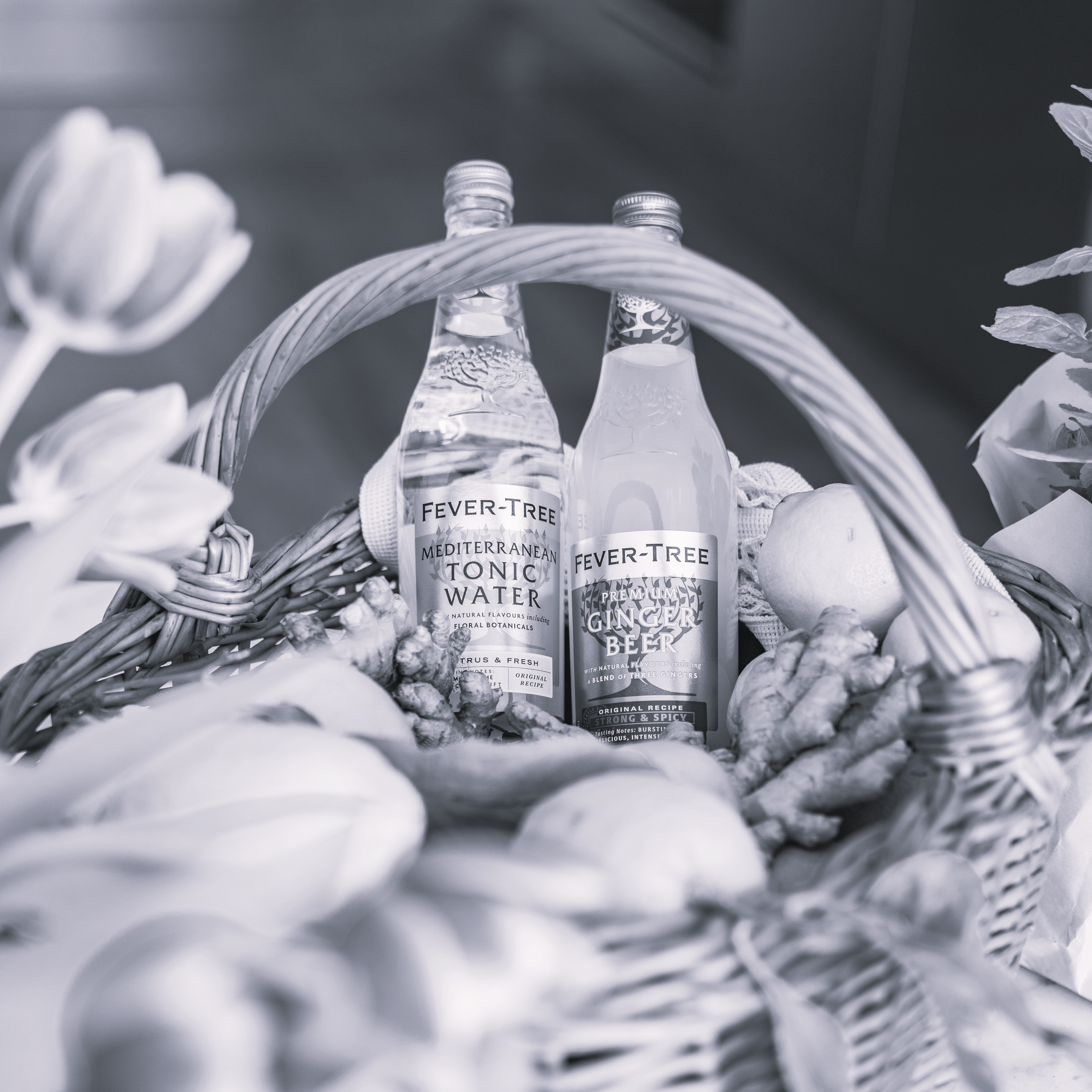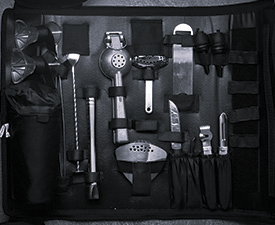Veraison (vay-ray-zon) is a French term that has been adopted into the English literature on viticulture/ grape growing. One simple definition of veraison is 'change of colour of the grape berries'. Veraison represents the transition period from berry growth to berry ripening, and many changes in berry development occur during veraison.
The exact trigger of veraison is unknown, but veraison signifies the grape seed reaching maturity. However, seed maturity is unlikely the cause, as seedless berries also go through veraison.
In the northern hemisphere veraison, the ripening grapes begin to soften and change colour typically occurs anywhere from late June to mid August, depending on the climate, and in the southern hemisphere from January to February.
During veraison tannins ripen and astringent malic acid begins to give way to softer tartaric acid. Leaves are often pruned, thinned at this time to give grapes more sun and air exposure. Mildew and disease are still a worry to viticulturists and spraying may continue in some vineyards. Sugar levels begin in individual grapes after veraison. At this stage, vines are rarely irrigated after veraison because this can/will dilute the grapes flavours.
A little winemaking 101 - As the seeds ripen, so does the rest of the grape. In this process called veraison, the hard green skins soften and change to either red-black (due to anthocyanins) or yellow-green (due to carotenoids) depending on the grape variety. At this time of year, sugars and berry volume increase and acidity decreases as the grapes reach the home stretch before harvest.
Overall, the berry approximately doubles in size (primarily water) between the beginning of the second growth period, veraison and harvest. Also during the veraison period it is the start of each grape taking on the characteristics of their specific varieties. Grapes are then usually harvested 40-60 days later, depending on the growing season, style of wine and varietal.
